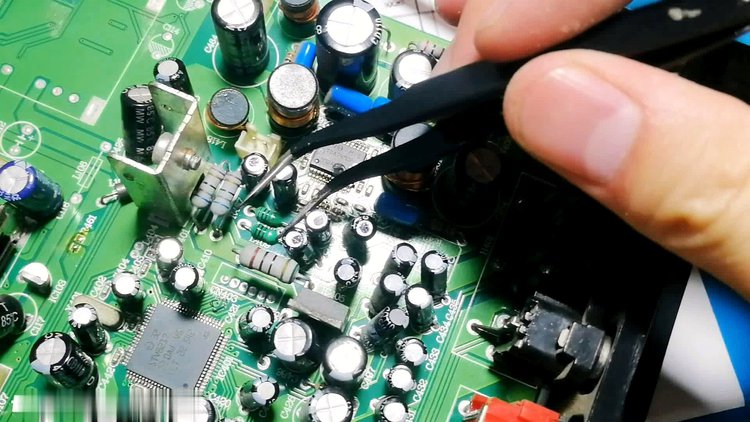Force sensors may encounter a variety of faults during use, which are usually accompanied by specific reasons. The following are some common faults and their possible causes:

1. Zero drift
Fault phenomenon: The output signal of the force sensor changes over time when there is no load or at a constant temperature.
Possible causes:
Aging of the internal components of the sensor.
Changes in ambient temperature.
Interference from power supply noise.
2. Sensitivity reduction
Fault phenomenon: The measurement accuracy of the sensor is affected.
Possible causes:
Damage to the internal components of the sensor.
Poor line contact.
Damage to components due to overload use.
3. Linear error
Fault phenomenon: The linear relationship between the output signal and the input signal of the sensor deteriorates.
Possible causes:
Wear of the internal components of the sensor.
Improper assembly.
Damage to components due to improper use.
4. Hysteresis error
Fault phenomenon: During dynamic measurement, the output signal lags behind the input signal.
Possible causes:
Friction of the internal components of the sensor.
Looseness of the connector.
Unreasonable internal structure of the sensor.
5. Communication failure
Fault phenomenon: The sensor cannot communicate normally with the data acquisition system or other equipment.
Possible reasons:
The connecting cable is damaged.
The communication protocol does not match.
Problems with the sensor itself (such as internal circuit failure).
6. Overload damage
Fault phenomenon: The sensor is used beyond its designed range, resulting in damage or reduced measurement accuracy.
Possible reasons:
The external load exceeds the maximum range of the sensor.
The component is damaged due to excessive force for a long time.
7. Faults caused by environmental factors
Fault phenomenon: The performance of the sensor degrades or fails under specific environmental conditions.
Possible reasons:
The impact of environmental factors such as temperature, humidity, and pressure on sensor performance.
The sensor is not properly protected or isolated.
8. Faults caused by installation problems
Fault phenomenon: Improper installation of the sensor leads to measurement errors or damage.
Possible reasons:
Improper installation position.
Not firmly fixed.
Failure to follow the correct steps or specifications during installation.
Maintenance and preventive measures
For the above faults, the following maintenance and preventive measures can be taken:
Regular calibration: Calibrate the sensor regularly to ensure its measurement accuracy and reliability.
Maintenance and inspection: Maintain and inspect the sensor regularly, such as cleaning the sensor surface, checking the connecting cables, etc.
Proper installation: Use appropriate installation methods and tools as required in the instructions to ensure that the sensor is firmly fixed and correctly aligned.
Avoid over-range use: Avoid exceeding the sensor range when using it to prevent overload damage.
Pay attention to the surrounding environment: Try to avoid using the sensor in harsh environments, or take appropriate protective measures to reduce the impact of environmental factors on sensor performance.
In summary, force sensors may encounter various faults during use, but through regular calibration, maintenance and inspection, as well as correct installation and use methods, the occurrence of faults can be effectively reduced and the service life of the sensor can be extended.

















